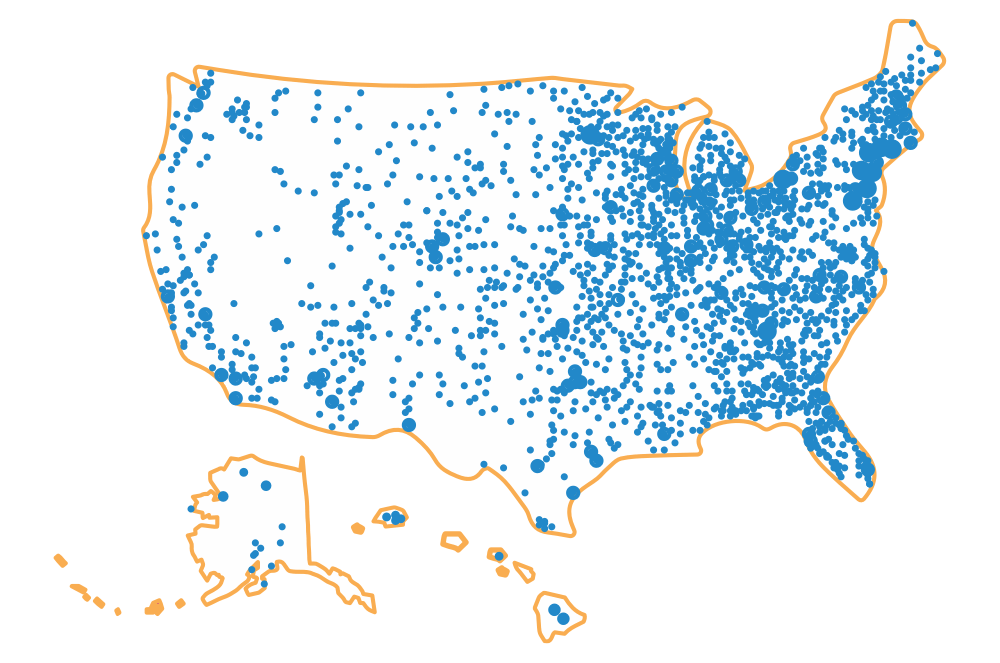For students starting their senior year of high school, this summer is the perfect time to prepare for their education after high school. In addition to college campus visits, there are many steps your student can take to better prepare for college admissions.
Study for the SAT and ACT
Many colleges and universities require SAT and ACT test scores for their application process. Check with the school’s admissions department to see what the requirements will be for the next school year’s admissions.
The College Board, the organization that offers the SAT and AP exams, have listed the 2025-26 SAT test dates on their website. The College Board also provides practice exams for students to take and review before taking the real one.
ACT Inc. is also scheduling exam dates. To help students study for the exam, ACT offers practice tests and other testing resources.
College or career training
This summer is also a good time to figure out what type of school your child would like to attend after graduation.
If it’s a trade school or apprenticeship, research what are the best programs in their fields of interest. 529s can pay for certain qualified costs for apprenticeship programs that have been accredited by the U.S. Department of Labor. 529 withdrawals are also tax free for trade and vocational schools’ qualified expenses.
If it’s a certificate program, make sure the program accepts federal financial aid so you can use your 529 plan there.
Community colleges are also a great option for your child to start their higher education. To keep overall college costs low, your students can earn core curriculum credits at a community college, and later transfer those to a four-year college. Your rising senior should look at local two-year schools to see which ones specialize in careers that your child might pursue.
If it’s a four-year college or university, your student should research which school are well known for your child’s major. They may also want to look at schools closer to home that can fulfill their collegiate dreams, but at a lower price.
Fill in the Common App(lication)
More than 1,000 institutions of higher education use the same online admissions form, called the Common App. To start, set up an account and add the requested information. The Common App offers a first-year student guide to navigate the sign-up process.
If your child’s preferred schools don’t use the Common App, then visit the schools’ websites to create a timeline of when the school’s applications and accompanying paperwork are due. These deadlines can sneak up once their senior year begins.
Choose the right classes
The Ohio Department of Higher Education (ODHE) also offers College Credit Plus (CCP) as an opportunity for students in grades 7-12 to earn college credit by taking classes at public community colleges and universities, as well as private colleges and universities. These credits also count toward their high school graduation requirements.
Advanced Placement (AP) classes can provide your student an opportunity to earn college credit while also meeting their high school graduation requirements. At the end of the AP course, your child will need to take an exam to receive those college credits. A score of 3 or above will earn corresponding college credit at any of Ohio’s institutions of higher education.
Career-Technical Assurance Guides (CTAGs), aligns career-technical education offered at high schools to specific college courses at public community state colleges and universities. To be eligible, students must complete their program, pass the course assessment(s), and/or earn an industry-recognized credential, then enroll at a participating college or university.
Summer scholarship search
Some scholarships usually have deadlines a year out from when the dollars are released. If your student would like to compete for these scholarships to help cover their college costs, then they will need to fill out the application the summer before their senior year of high school. Federal Student Aid offers guidance on scholarships, including other sources to tap for more information, including the free scholarship search tool from the U.S. Department of Labor.
There are many free online scholarship sites to research like Scholly® Scholarships by Sallie℠¸ FinAid, and FastWeb to name a few. On these sites, your child will create a profile with their academic scores, community or volunteer service, and athletic or academic activities. Students will then be matched with eligible scholarships.
Sallie Mae also offers the Paying For College Resource, which assembles free tools, videos, and checklists to follow. It even shows what steps to take to fill out FAFSA and how to understand your financial aid letters. There’s also a monthly $2,000 scholarship for which your child can apply for and they don’t even have to write an essay for it.
Since 1989, Ohio 529 CollegeAdvantage has been helping families across the nation save for their children’s and grandchildren’s college and career training with many tax benefits. Ohio 529 covers qualified expenses at any four-year college or university, two-year community college, trade or vocational school, apprenticeship approved by the U.S. Labor Department, or certificate programs, or continuing education classes nationwide that accepts federal financial aid. Learn, plan, and start for as little as $25 today at CollegeAdvantage.








